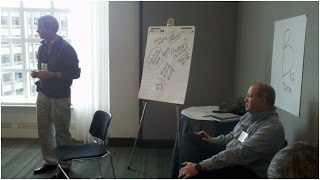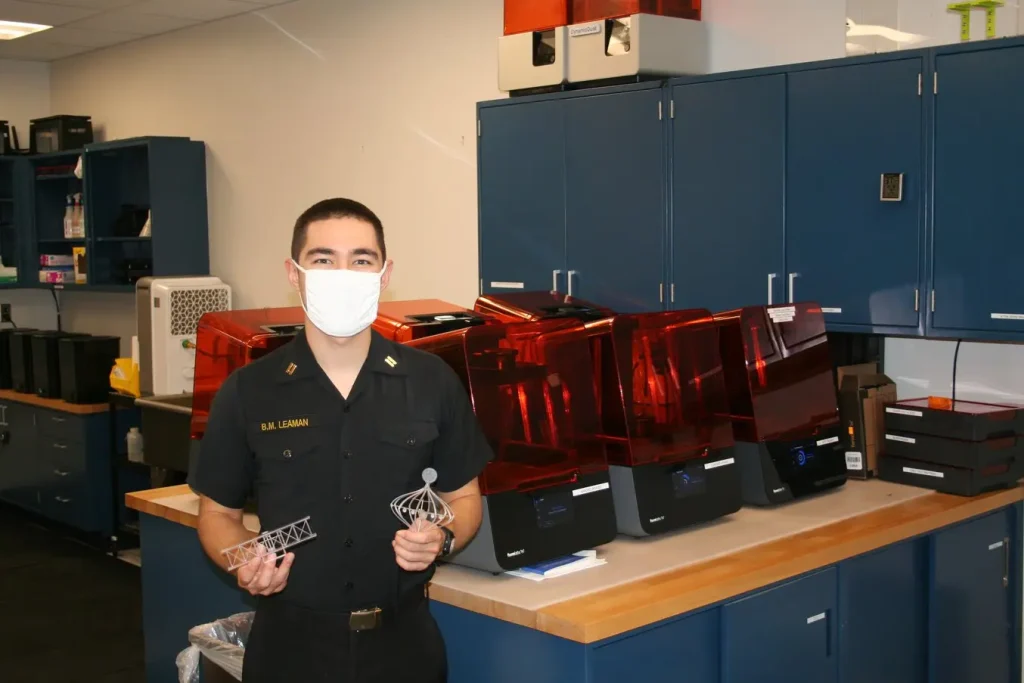Written by Lawrence Schwartz (@SchwartzLawS)
Warming Up
The MassTLC unConference started on Wednesday night, with a pre-party at Storyville in Boston. I got to meet a lot of the younger 20 somethings enjoying a night out and heard everything pitched from very targeted ideas (a collection point for all your recipes – see MyReci) to helping with broader social issues such as propping up our local economy (see Luvn’Local – like airline miles but for shopping locally was how it was explained to me).
I had to look a little harder to find my infrastructure brethren. A few drinks later, I hit across one of the more talked-about places – Yotta, who recently had a big launch. Their value prop is simple and clear – most web sites take an average of 6 seconds to load but most people are unhappy if it takes longer than two. They can fix that. I pressed William Toll, their marketing guy, for how he’s been successful in getting the word out, and he gave three pieces of advice – tweet, blog at least once a week, and make a good infographic (theirs, admittedly, is pretty cool – see here).
Friday, though, was overdrive with several sessions on Big Data and the cloud. I enjoyed in depth discussions on the following:
SoMoClo: Social Mobile Cloud, hosted by Andrew Borg @MobileAberdeen
Andrew made the case that in order for SoMoClo (Social Mobile Cloud) to be successful and offer a good experience, all 3 elements must co-exist. In fact, how useful is your iPhone or Android, save for playing Angry Birds, without your mobile connectivity? And SoMoClo is not just big for the consumer side. Jeffrey Tingle of PolyRemedy noted the need in healthcare. He pointed that there is $27 billion in federal economic stimulus available for those who can effectively access electronic medical records. SoMoClo is a way to do this. There are several inhibitors, however, for this area to continue to develop – privacy, compliance, security, and authentication among the most notable. The panel also covered how “mash-ups” are not limited geo-social apps for the college set. With tools such as IFTTT.com and Yahoo Pipe, people can combine the cloud with other expected communication methods such as texting.
Big Data/Analytics in MA hosted by Steve O’Leary of Aeris Partners and Bob Zurek (@bzurek) of Endeca

First question – what is Big Data? While often debated, Steve had a working definition of “big” in terms of Volume, Velocity, and Variety. Mark Rubin of Oracle, who focuses on MySQL, noted that we are collecting everything now because we can. That has led his firm to look at options from extending MySQL to completely alternative platforms (like NoSQL). Fritz Knabe of Netezza/IBM noted that Big Data can come from even the most unexpected places, such as the point-of-sale coupons at checkouts as managed by Catalina (an IBM customer). And while the infrastructure to support Big Data has continued to evolve and mature, there is a real need to make data accessible and interesting for new insights. A number of companies and ways to do this were discussed, such as Tableau, infographics, and Opengov. The model for people to pay for data analytics is proven too. Bob took a quick poll to see who used LinkedIn Premium, and a good number of hands went up. A primary benefit of that is additional analytics – a way for you to see who has viewed your profile as one example. One issue and opportunity though for Boston is that while we have a lot of “data geniuses” in town, many of the people at these data companies are focused on selling to others of a similar mind set. There is a lot to be done still to package Big Data and make it accessible to non-data “geniuses.”
Fear not, as Steve and Bob (shown above) were building enthusiasm for a BigData cluster in Boston to tackle this issue and to build a community. They estimate there are about 100 companies around the space – not bad and reminiscent of the wireless cluster around Boston, which boasts around 400 places.
BigData on Small Devices led by Raphael Cariou of RealityFrontier.
After a big lunch and break, it was time to keep the Big Data conversation going. One of the topics in this group was a practical one on the Big Data cloud – how much do you have to have local to your device? If you are going on a hike in the woods, for example, you may very well want to have the latest maps downloaded, lest you lose connectivity (you better bring a spare battery too, in that case). While getting much more than a sliver of the cloud into your pocket isn’t practical given the size of mobile data pipes (and required forethought), there are times now when this happens automatically. Most people can easily have their last 1000 photos local on their iPhone or Android as one example.
Secrets of Scaling Startups led by Scott Kirsner of the Boston Globe
At the end of the day, I took my head out of the clouds and listened to some battled-tested veteran CEOs talking about scaling – not data, but the other kind – how to scale a startup. LogMeIn’s Michael Simon noted that he started as a freemium model just for the heck of it. He did not know that it would eventually bring exponential growth. Meanwhile, Gail Goodman, Constant Contact’s CEO, talked about making it through the ups and downs and their tough 3 years of early fund raising — in 2000 they had a post money valuation of $27M, in 2002 it was a post of $5M. They got the last laugh though – their market cap today is around $600M. She kept persevering through it and grew the company, even over the objections of a board member who wanted to sell early. It just goes to show if you believe in the scalability of your data and/or your business, then you should keep at it.


